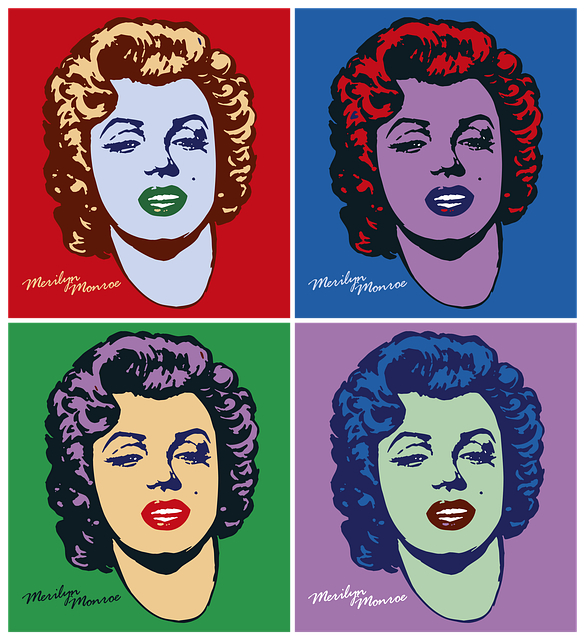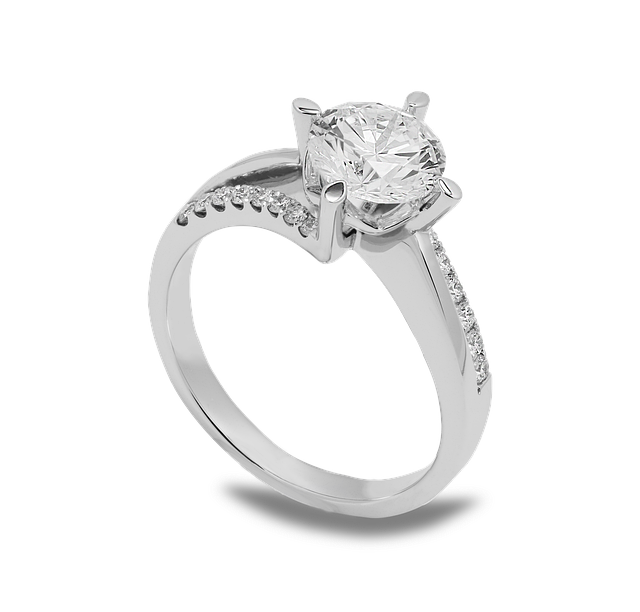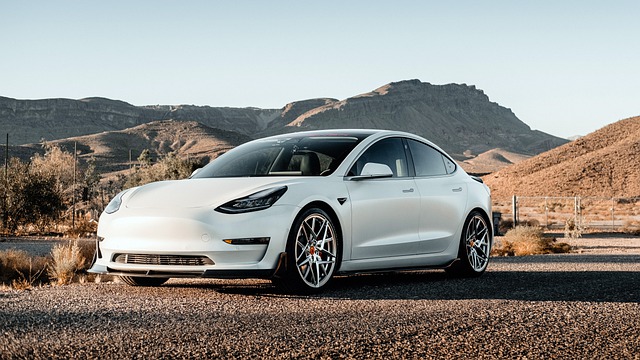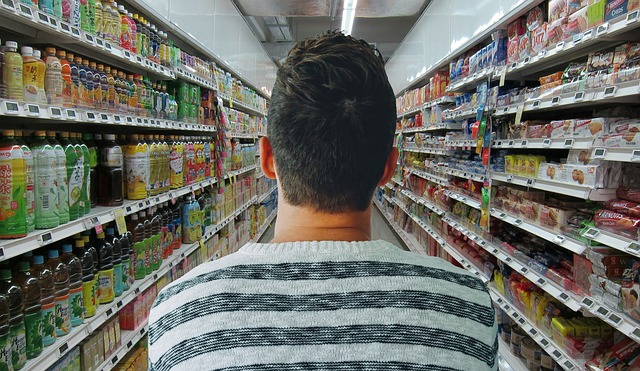Everyone is familiar with the content feeling of walking through smooth, silky sand at the beach only to be suddenly irked by stepping on something hard and painful. While it may sometimes be a seashell, often we stomp on all sorts of litter, frequently bottle caps.
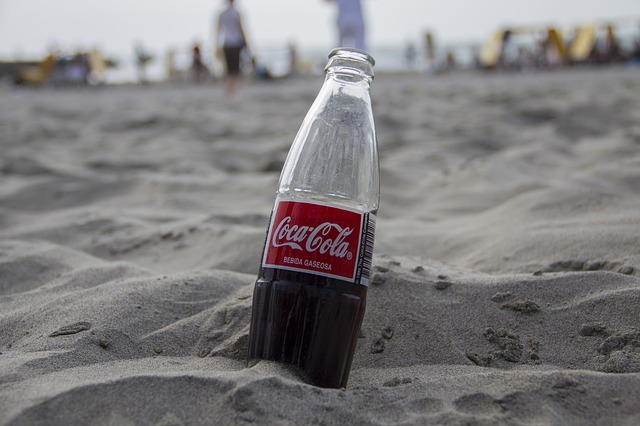
As part of Coca-Cola’s “World Without Waste” initiative, the company’s UK branch has begun manufacturing new models of its plastic bottles. The new design features an attached cap, making it easier to recycle the whole piece and eliminate tossing the caps. The global initiative’s main mission is to collect and recycle one can or bottle for every one that they sell by 2030. It also aims to produce cans and bottles made of 50% recyclable material by 2030 and to offer 100% recyclable packaging by 2025.
Jon Woods, Coca-Cola Great Britain’s general manager, explained the new bottle design: “This is a small change that we hope will have a big impact, ensuring that when consumers recycle our bottles, no cap gets left behind.”
In addition to the pollution problem the loose caps pose, it is also an image concern for companies like Coke. The population notices the shorelines and landfills overflowing with these items, associating the trash with the company and negatively impacting their brand’s reputation. New regulations by the EU also require companies to attach the caps to some plastic bottles by the end of 2024.
While some environmentalists believe Coca-Cola should switch from plastic to reusable containers, the shift the UK spur is making in its bottle design is surely a step in the right direction.
